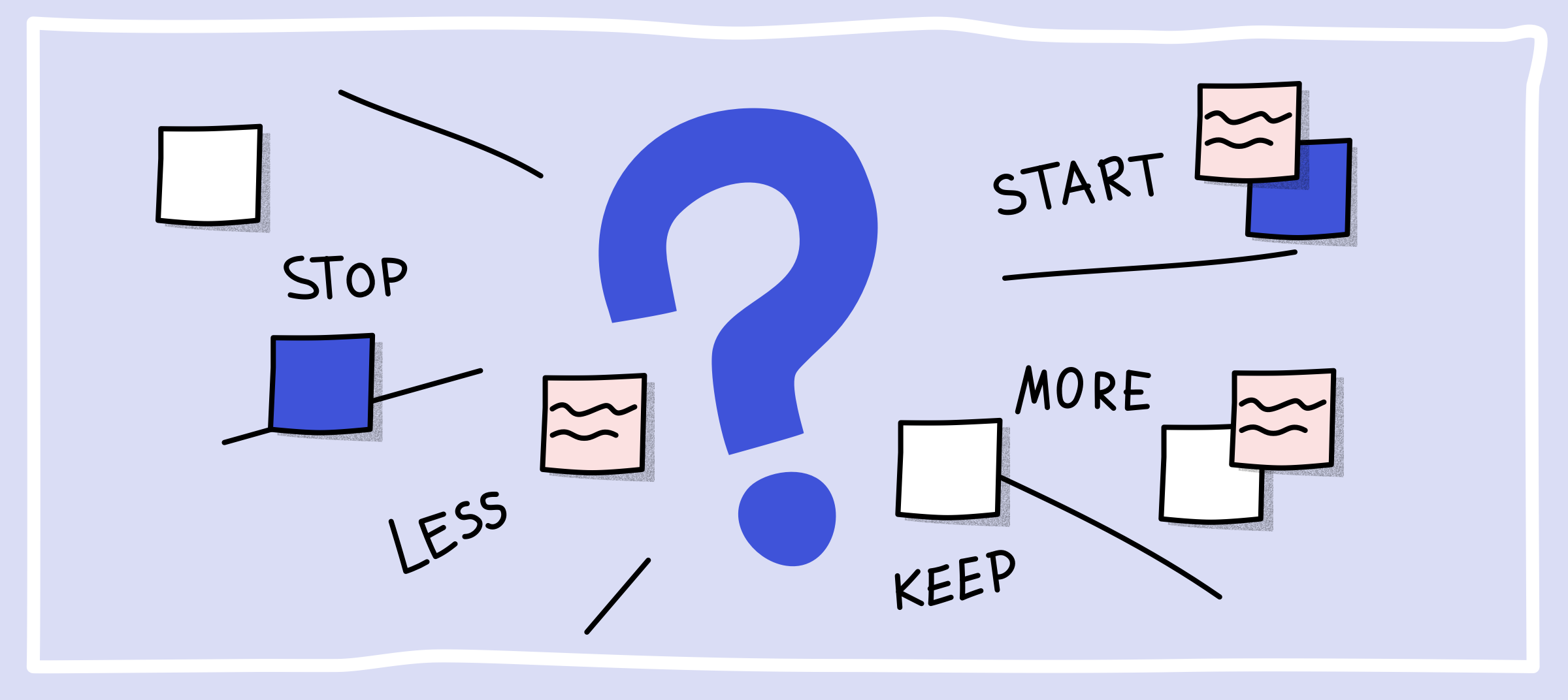Maximizing Team Learning in Scrum Sprint Retrospectives
Scrum Sprint Retrospectives are an essential part of the Agile Scrum framework. They provide teams with an opportunity to reflect on their performance, identify areas for improvement, and plan for the next sprint. In order to maximize team learning and growth, it is important to approach retrospectives with a positive attitude and a focus on continuous improvement. Here are a few tips for making the most of your Scrum Sprint Retrospectives.

- Encourage open and honest communication One of the most important aspects of a successful retrospective is creating an environment where team members feel comfortable sharing their thoughts and opinions. Encourage team members to share their experiences, both positive and negative, and to provide constructive feedback to each other. Avoid blaming individuals and instead focus on systemic issues that can be improved.
- Set clear goals and objectives Before the retrospective, take some time to identify what you hope to achieve. Are you looking to improve team communication, increase productivity, or address specific challenges? Having clear goals will help to ensure that the retrospective remains focused and productive.
- Use a variety of retrospective techniques There are many different retrospective techniques that you can use, each with its own advantages. Some popular options include the "Start, Stop, Continue" technique, the "What Went Well, What Didn't Go Well" approach, and the "Mad, Sad, Glad" method. Experiment with different techniques to see what works best for your team.
- Involve all team members It is important to ensure that all team members have the opportunity to contribute to the retrospective. Encourage participation from all team members, including those who may be less vocal or more introverted. This will help to ensure that all perspectives are taken into account and that the team is able to identify the root cause of any issues.
- Focus on actionable items After the retrospective, take some time to review the items that have been identified as areas for improvement. Prioritize the most important items and develop actionable steps for addressing them. Ensure that the team has a clear understanding of who is responsible for implementing each step and that there is a timeline in place for completion.
In conclusion, Scrum Sprint Retrospectives are a valuable tool for maximizing team learning and growth. By encouraging open and honest communication, setting clear goals and objectives, using a variety of retrospective techniques, involving all team members, and focusing on actionable items, you can ensure that your retrospectives are productive and lead to continuous improvement.
